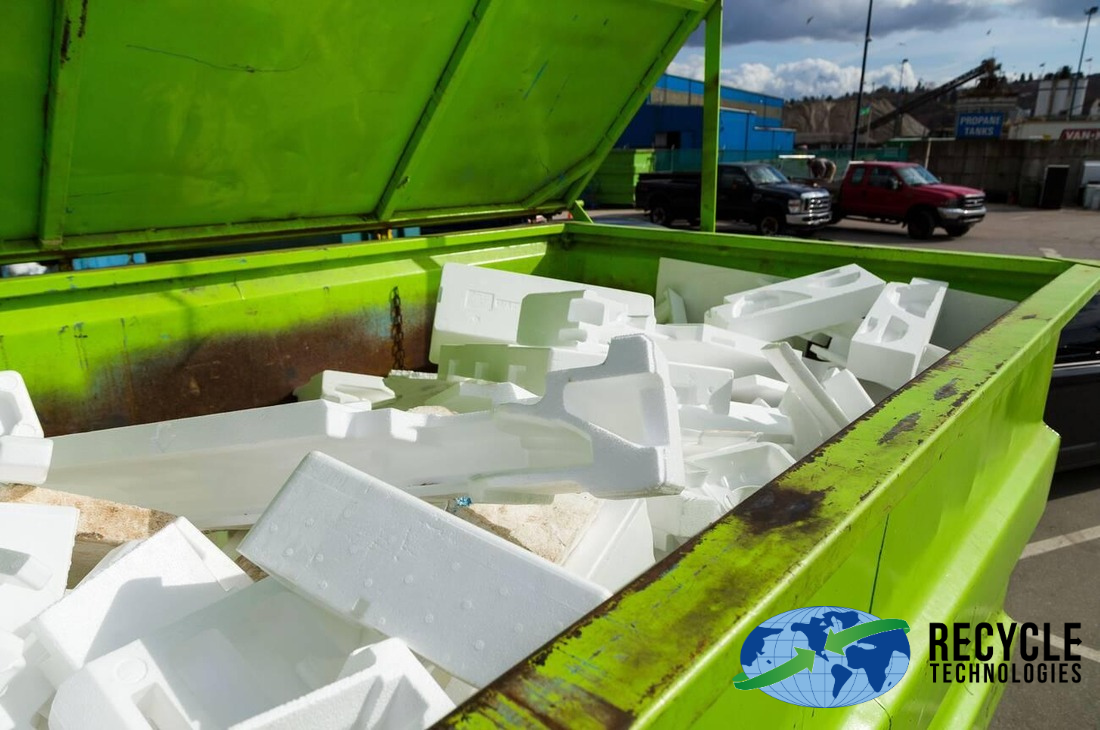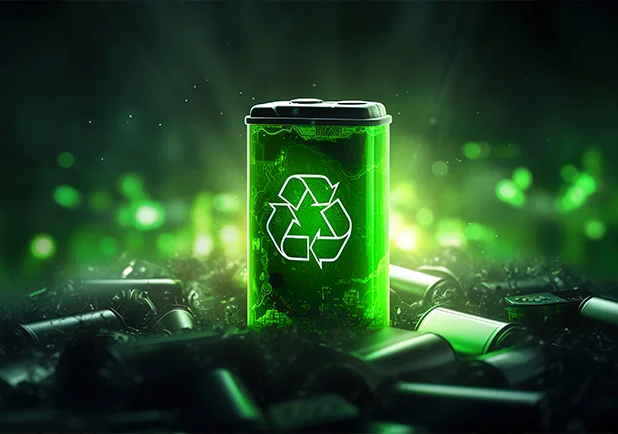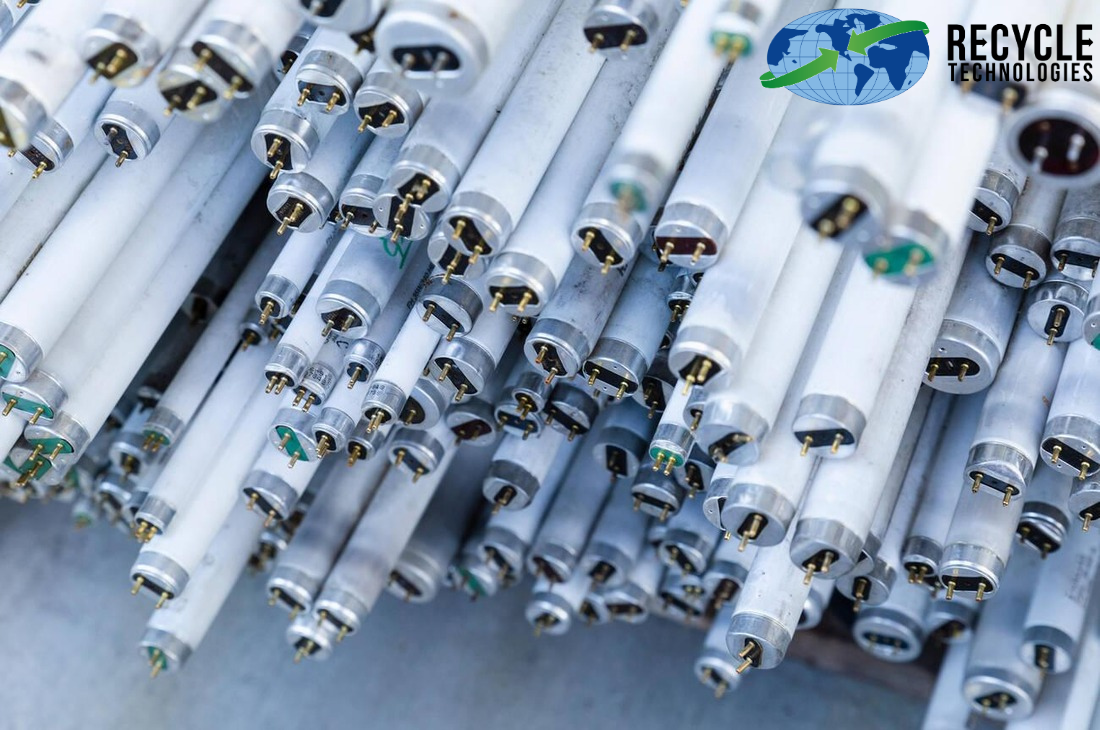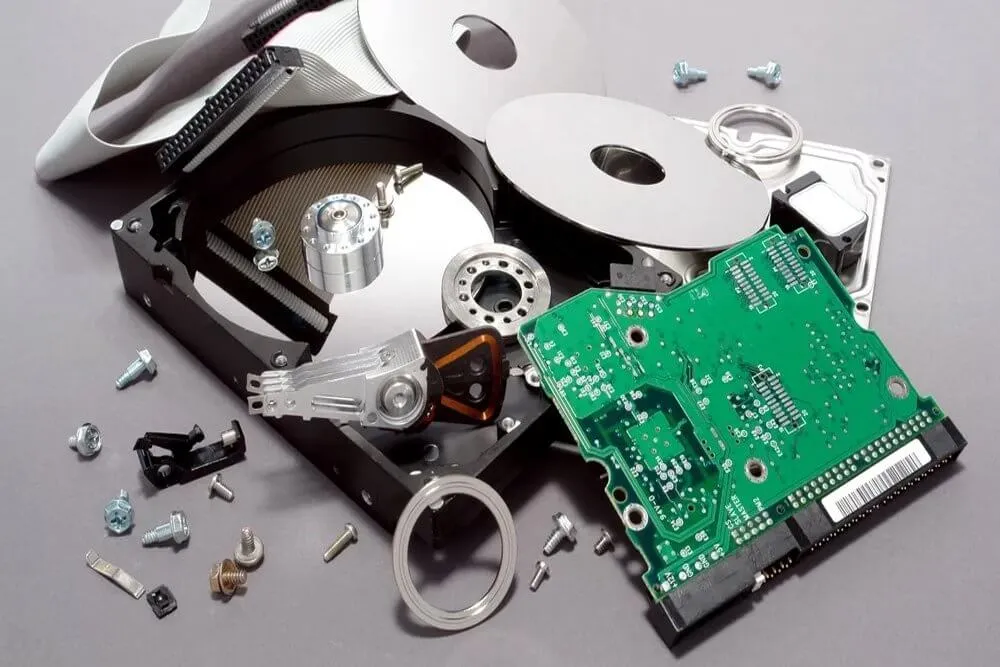Styrofoam, better known scientifically as expanded polystyrene, or EPS, is probably going to be a material encountered by most of us on a daily basis. It is in coffee cups, food containers, packaging peanuts, and insulation material. Yet, despite the convenience and wide usage, Styrofoam has turned into an environmental headache. When considering all about recycling, it becomes worthwhile to ask: Can you recycle Styrofoam? The answer is more complex and depends on local recycling capabilities and on the type of Styrofoam being dealt with.
The Challenges of Recycling Styrofoam
Unlike materials such as glass, aluminum, or paper, Styrofoam is notoriously difficult to recycle. Here’s why:
- Lightweight and Bulky: Styrofoam is 95% air, which makes it light in weight but very bulky. It occupies much space in landfills and is not economical to transport for recycling. A truckload of Styrofoam weighs very little but takes up a huge volume of space. This makes transportation ineffective in terms of cost.
- Contamination Issues: The most common use for styrofoam involves food containers, which are usually contaminated by oils, food residue, and other substances to such a degree that they cannot be recycled. More often than not, contaminated Styrofoam cannot be processed together with clean material, thereby creating further problems.
- Inadequate centers for recycling: Very few centers actually take Styrofoam because the process to recycle it is complicated, requiring special machines. Styrofoam recycling involves grounding it down into small-size pebbles and then processing them to create new items. It is a labor-intensive process and not very common.
- Low Market Demand: There is a relatively low market demand for recycled Styrofoam. Even after successful recycling, it is normally used to make lower-value products such as park benches or picture frames which would not cover the cost of recycling.
Also Read: Why Recycling is important and what is its impact?
Where Can You Recycle Styrofoam?
If you’re committed to recycling Styrofoam, your options might be limited, but they do exist:
- Drop-Off Locations: Many cities have specialized facilities for recycling or municipal depots that will take Styrofoam, especially if it is clean and free of contaminants. These facilities can recycle Styrofoam into new products or send it to manufacturers who can use the material for other purposes.
- Mail-Back Programs: Some companies do, in fact, have a mail-back program for the recycling of Styrofoam. You can mail your Styrofoam wastes to them for processing and eventual recycling. While this might be an available option, it's highly not followed because of freight costs and logistic trouble involved.
- Retailer Take-Back Programs: Many retailers, especially those that sell electronics or furniture, have take-back programs in place for Styrofoam packaging. These companies collect and recycle Styrofoam, reducing the environmental impact of their products.
The Environmental Impact of Styrofoam
One major reason that Styrofoam recycling is so important has to do with the problems it causes in the environment. One of the principal reasons why Styrofoam recycling is so crucial is the issues it creates in the natural setting. Styrofoam does not biologically degrade. It won't break down over time naturally. It may stay in the natural environment for hundreds or even thousands of years, taking up space in landfills and causing contamination of oceans and waterways.
Styrofoam also threatens wildlife. Animals can mistake small pieces of Styrofoam as food and, as a result, ingest it, which causes blockages or even death. If Styrofoam undergoes exposure to heat or sunlight, harmful chemicals will leach from the Styrofoam into the environment, posing risks to wildlife and human health.
It is crystal clear that in the light of these environmental concerns, we are to reduce our consumption of Styrofoam and find alternatives as possible as it can be.
Alternatives to Styrofoam
Because Styrofoam is so difficult to recycle, one of the best approaches is to reduce or eliminate its use altogether. Many companies and individuals are turning to more sustainable alternatives, such as:
- Biodegradable Packaging: Made from cornstarch, paper, or bamboo, this type of packaging is easily broken down in the environment and consequently much more viable as opposed to Styrofoam.
- Recyclable Plastics: Some plastics, compared with Styrofoam, are easy to recycle and can be transformed into many other very useful materials. Such materials, if substituted for Styrofoam, would lessen environmental impacts.
- Reusable Containers: For containers holding food and liquids, the shift to reusable containers of metal, glass, or tough plastic significantly reduces wastes.
Recycle Technologies: Leading the Charge in Responsible Recycling
Even though the recycling of Styrofoam is not what characterizes the work of Recycle Technologies, their commitment to responsible waste management and, in general, the principles of the circular economy, position them right at the head of the recycling business. They provide full-cycle recycling for such materials as electronics, light bulbs, batteries, and many more, thus rendering companies and private customers able to bite the consumption snake in a sustainable way.
One of the focuses that Recycle Technologies places much value on is proper practices in recycling, with very convenient solutions such as mail-in programs and drop-off locations around, to make sure everybody can recycle. Focusing on high-impact materials and leading everyone to environmentally friendly practices means that, just like everybody, Recycle Technologies can reduce waste and protect the planet.
But it is not where it ends for waste processing. Recycle Technologies has a strong set of conditioned minds when it comes to community, business, and other needs for recycling and how to do it. They feel a holistic approach to waste management will be night and day in creating a circular economy from reduction, reuse, and recycling.
Also Read: Finding the Perfect Recycle Center Near Me: Your Comprehensive Guide
Conclusion: The Future of Styrofoam Recycling
Although the odds against Styrofoam recycling seem pretty high, there definitely seems to be a future for it in some innovative and dedicatedly green waste management. As consumers and businesses become more aware of the environmental impact of Styrofoam, demand for alternatives and better ways of recycling it is likely to grow.
While companies such as Recycle Technologies are leading the way in responsible recycling, focusing on materials that can really make a dent in helping reduce waste and further a circular economy. All of us can do a little to make sure there's a cleaner and healthier planet, choosing responsible recyclers and seeking alternatives to Styrofoam that are more sustainable.












